It is a bit of a theoretical thing, of little practical use, but I just want to understand the physics behind it. I am aware that I'm simplifying things quite a bit.
In electric power we differentiate Real, Reactive and Apparent power and of course we want the reactive part small, but with practical loads this is rarely the case.

The other day, a colleague of mine and I, were discussing a multi-MW Rotary Diesel UPS (demo takes a while to load) in one of our datacenters and the following question came to mind, which we weren't able to answer ourselves:

Say that the load on the UPS causes a non-ideal \$\text{cos(}\varphi\text{)}\$ on that UPS, causing Reactive Power \$Q > 0\$ being transported through the power lines back and forth. Would the Diesel engine still use fuel just for the Real power part or does Reactive power have its impact on fuel consumption too? Theoretically reactive power is not consumed, but it feels weird once grid power is replaced by a Diesel engine. Does Reactive power exist in the mechanical world?
 So the F's component which is parallel to it's linear velocity will only do
some active power. Which is \$F \cos(\alpha)\$ ,
So the F's component which is parallel to it's linear velocity will only do
some active power. Which is \$F \cos(\alpha)\$ ,